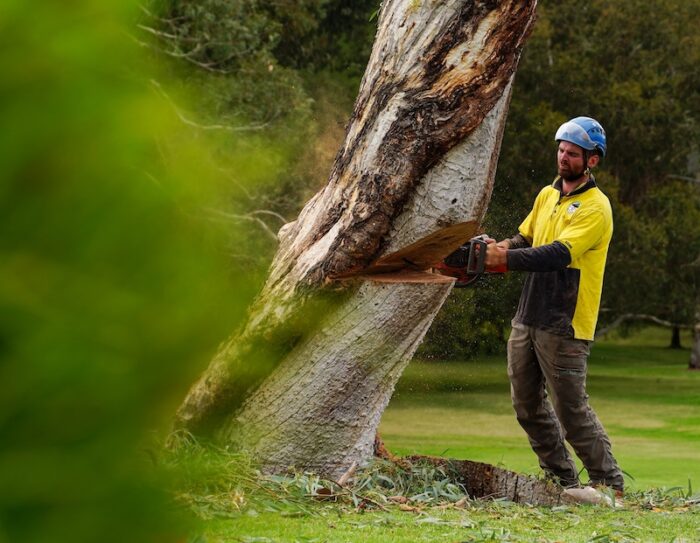All Categories
Featured
The elimination of trees can develop open spaces that are vulnerable to weed intrusion. When trees exist, their dense covers commonly shade the ground, limiting the quantity of sunshine that reaches the dirt. However, after the removal of trees, these open areas obtain raised sunlight, offering ideal problems for weed development.

They may advise the use of compost, which acts as a safety barrier on the dirt surface area, avoiding weed seeds from sprouting and reducing weed development.

The presence of trees promotes a rich and diverse neighborhood of soil microbes. Tree roots give a source of natural matter, exudates, and nutrients that sustain the growth and task of valuable dirt microbes. When trees are removed, the lack of their origins can interrupt the fragile equilibrium of the soil's microbial community.
Should I Hire A Professional Pressure Washing Contractor?
To address the results of tree reducing on soil pH, tree elimination experts can supply beneficial advice. Based on the outcomes, specialists can suggest pH adjustment methods, such as including lime to increase dirt pH or integrating elemental sulfur to decrease it.

It describes the compression of dirt bits, resulting in reduced pore room and raised soil thickness. This compaction can negatively affect the dirt's ability to work ideally, impacting its water-holding capacity, nutrient availability, and root infiltration. Appropriate methods employed by tree elimination specialists can assist minimize compaction and protect the soil's capability to keep water, and enable sufficient air flow and careful devices handling.
Latest Posts
What Does Wollongong Council Tree Removal Cost?
Is It Worth Paying For Palm Tree Removal Wollongong?
How Much Does Full Service Tree Arborist Wollongong Cost?